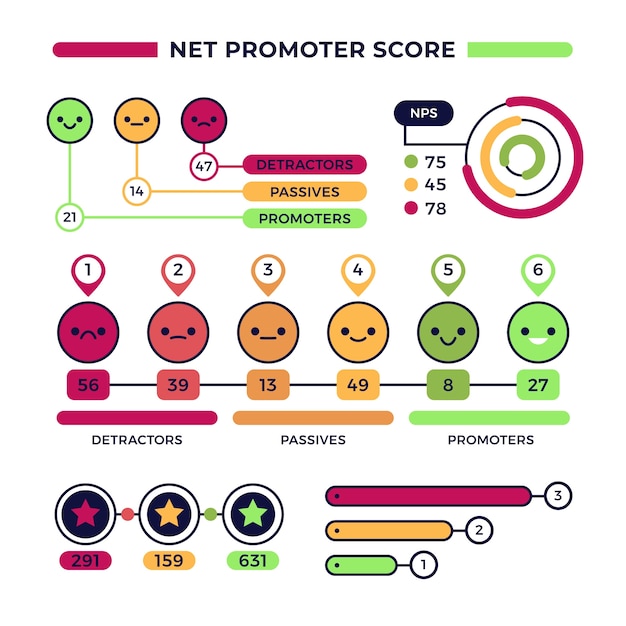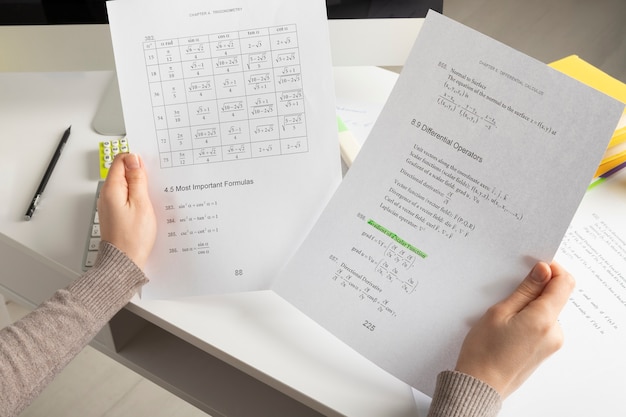
When we want to talk about the existence or presence of something, we often use the phrases “There is” or “There are.” These phrases are commonly used in English to describe the availability or presence of people, objects, or ideas. Understanding how to use “There is” and “There are” correctly is essential for effective communication. In this article, we will explore these phrases in detail and provide examples to help you grasp their usage effortlessly.
Using “There is” and “There are”
To begin, let’s understand the basic structure of “There is” and “There are.” These phrases are constructed as follows:
| “There is” | “There are” |
|---|---|
| Singular | Plural |
| There is a cat. | There are three cats. |
| There is an apple. | There are many apples. |
| There is a book. | There are several books. |
As depicted in the table above, we use “There is” when referring to a single object or item. On the other hand, “There are” is used when discussing multiple objects or items.
Let’s dive deeper into the usage of “There is” and “There are” with a few examples:
Examples:
- There is a dog in the park.
- There is an interesting movie playing at the theater.
- There is a problem with the computer.
- There are many students in the classroom.
- There are some delicious cakes in the bakery.
- There are a few cars parked outside.
As demonstrated above, we use “There is” when we want to state that something exists or when we want to draw attention to a single item. Conversely, we use “There are” when we want to indicate the existence of multiple objects or when we want to draw attention to a group of items.
Using “There is” and “There are” in Questions and Negations
Now that we have understood the basic usage of “There is” and “There are” in statements, let’s explore how to use them in questions and negations.
When forming questions with “There is” and “There are,” we invert the subject and the verb. Take a look at the following examples:
- Is there a cat in the garden?
- Are there any books on the shelf?
- Is there a pen on the table?
In negations, we use “is not” or “are not” after “There.” Let’s observe a few examples:
- There is not enough milk in the fridge.
- There are not many people at the party.
- There is not a single cloud in the sky.
It is important to note that “There isn’t” and “There aren’t” are commonly used contractions that replace “is not” and “are not” in spoken English.
Conclusion
“There is” and “There are” are commonly used phrases in English to describe the existence or presence of people, objects, or ideas. By understanding their basic structure and usage, you can effectively communicate about the availability or presence of various things. Remember to use “There is” when referring to a single item and “There are” when discussing multiple items. Practice using these phrases in statements, questions, and negations to strengthen your English language skills.




